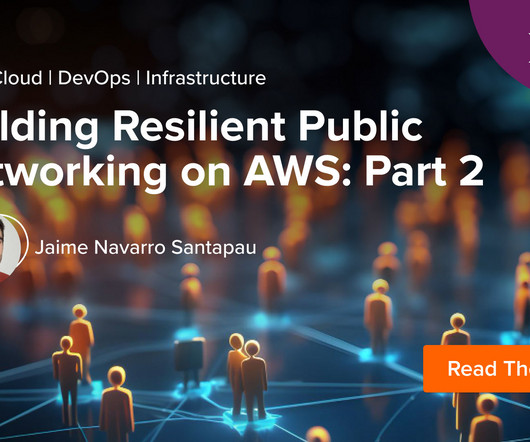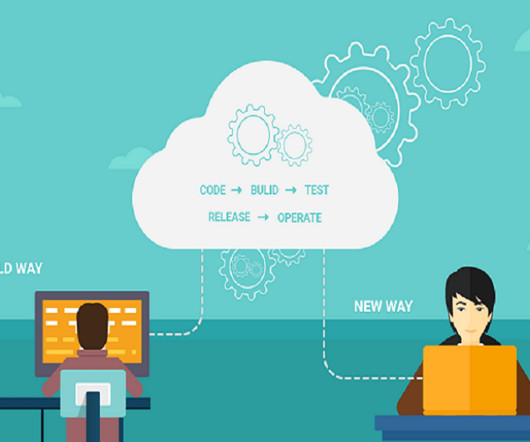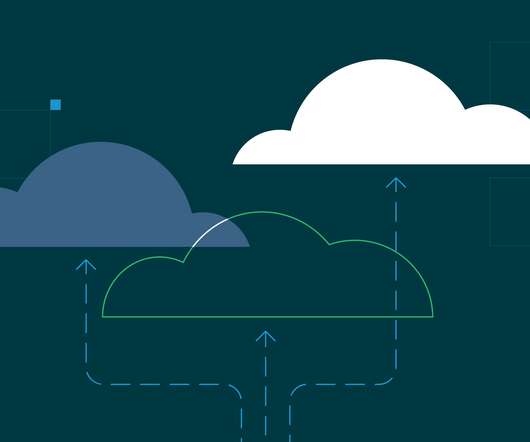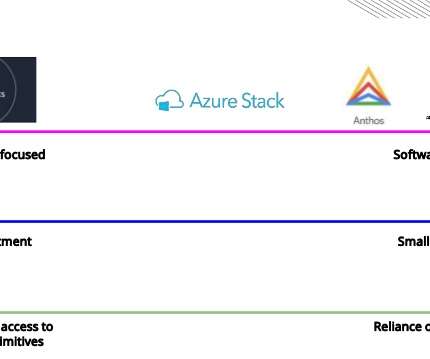Building Resilient Public Networking on AWS: Part 2
Xebia
JANUARY 18, 2024
Deploy Secure Public Web Endpoints Welcome to Building Resilient Public Networking on AWS—our comprehensive blog series on advanced networking strategies tailored for regional evacuation, failover, and robust disaster recovery. We’ll study the advantages and limitations associated with this technique.



















Let's personalize your content